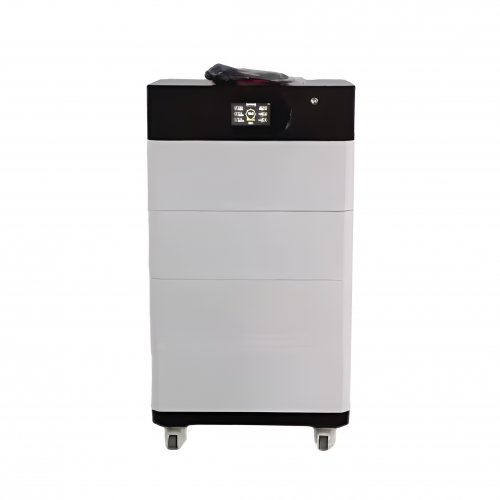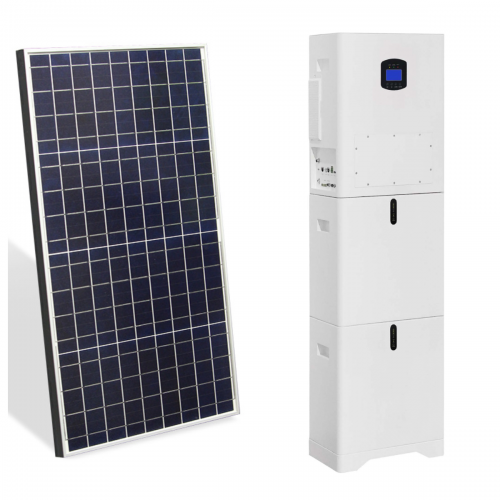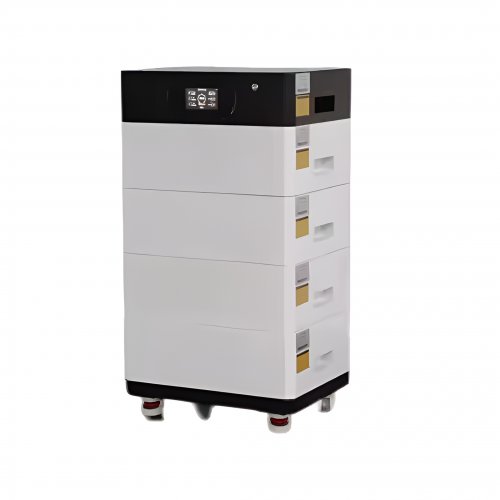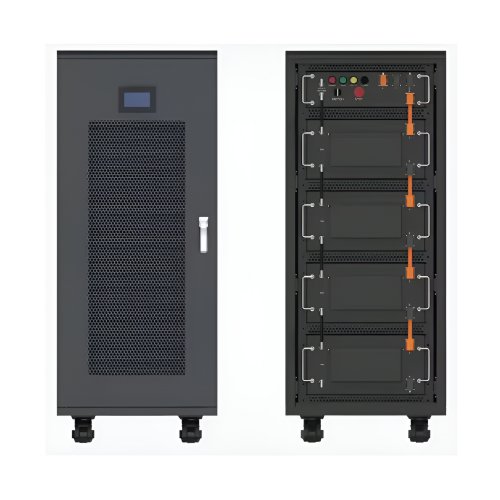Advances In Rate Capability: Unlocking High-power Energy Storage Through Material And Interface Engineering
Rate capability, defined as the ability of an electrochemical energy storage device to maintain capacity under high charge and discharge currents, is a critical performance metric for applications ranging from electric vehicles to grid-level frequency regulation. Recent research has moved beyond traditional compromises between energy and power density, focusing instead on a holistic understanding of kinetic limitations and pioneering novel strategies to overcome them. This article explores the latest breakthroughs in materials science, interfacial engineering, and system design that are pushing the boundaries of rate capability.
The Kinetic Bottleneck: A Multi-Scale Challenge
The limitations of rate capability are rooted in the kinetics of charge storage and transport. Key bottlenecks include: i) slow solid-state diffusion of ions within active materials, ii) inefficient charge transfer at electrode-electrolyte interfaces, and iii) sluggish ion transport through the electrolyte and porous electrode matrix. Addressing these challenges requires a multi-faceted approach.
Recent Material Innovations
1. Nanostructuring and Morphological Control: A primary strategy to enhance solid-state diffusion is to reduce the diffusion path length. Research has evolved from simple nanoparticles to sophisticated hierarchical architectures. For instance, three-dimensional (3D) ordered macroporous (3DOM) structures, such as those fabricated in spinel LiMn₂O₄ cathodes, provide interconnected porosity for electrolyte penetration while maintaining short diffusion lengths within nanoscale walls. A study by Xia et al. (2022) demonstrated that a 3DOM LiMn₂O₄ cathode retained over 85% of its capacity at a 50C rate, a significant improvement over its bulk counterpart.
2. Two-Dimensional (2D) and Layered Materials: MXenes, a family of 2D transition metal carbides and nitrides, have emerged as exceptional high-rate materials due to their metallic conductivity and hydrophilic surfaces that enable rapid ion access. Recent work by Lukatskaya et al. (2023) showcased Ti₃C₂Tₓ MXene electrodes with ultra-high rate performance, delivering capacitance in seconds. Similarly, engineered heterostructures combining conductive layers (e.g., graphene) with pseudocapacitive materials (e.g., MoS₂) create synergistic effects that boost both ionic and electronic transport.
3. Doping and Defect Engineering: Introducing strategic dopants or defects can drastically improve intrinsic electronic and ionic conductivity. Nitrogen doping in carbonaceous materials alters the electronic structure, enhancing electron mobility. In battery materials, doping with elements like niobium in TiO₂ anodes creates oxygen vacancies that act as ion transport pathways, dramatically improving Li⁺ diffusion coefficients. A breakthrough by Chen et al. (2023) involved high-entropy doping in a single-crystal NMC cathode, which stabilized the structure and enabled exceptional capacity retention at ultra-high rates above 10C.
Interfacial and Electrolyte Engineering
The electrode-electrolyte interface is often the site of the greatest kinetic barrier.
1. Artificial Solid-Electrolyte Interphases (ASEI): Instead of relying on unstable native SEIs, researchers are designing ultrathin, ion-selective artificial layers. For example, a conformal Al₂O₃ coating applied via atomic layer deposition (ALD) on a Ni-rich cathode suppresses parasitic reactions and reduces charge transfer resistance, enabling stable cycling at high rates (Lee et al., 2022).
2. Concentrated and Localized High-Concentration Electrolytes (LHCE): These innovative electrolytes increase the number of free charge carriers, enhancing ionic conductivity. More importantly, they promote the formation of robust, conductive interphases. A recent study on lithium-metal batteries using an LHCE demonstrated stable plating/stripping at current densities exceeding 10 mA cm⁻², a previously unattainable feat (Cao et al., 2023).
3. Single-Ion Conducting Electrolytes: Traditional electrolytes contain mobile anions and cations, leading to concentration polarization at high currents. Novel single-ion conductors, where the anion is tethered to the polymer backbone, allow only the working ion (e.g., Li⁺) to move, effectively eliminating this polarization and enabling superior rate performance.
Future Outlook and Challenges
The future of rate capability research lies in integration and intelligence.Multi-Modal and In Situ Characterization: Understanding transient processes at high rates requires advanced tools likeoperandosynchrotron X-ray diffraction and transmission electron microscopy. These techniques will provide real-time insights into structural evolution and degradation mechanisms under extreme cycling conditions.Machine Learning-Accelerated Discovery: The design space for high-rate materials (e.g., doping combinations, morphologies, electrolyte formulations) is vast. Machine learning models are being trained to predict ionic conductivity, adsorption energies, and stability, drastically shortening the development cycle for new materials.All-Solid-State Batteries (ASSBs): The ultimate solution to interfacial instability may lie in solid-state systems. The key challenge is engineering a solid electrolyte with both high ionic conductivity and a low-resistance interface with the electrodes. Advances in sulfide and halide solid electrolytes are promising, but overcoming interfacial impedance remains a central focus.System-Level Design: Optimizing rate capability is not solely a material problem. Future work must integrate material innovations with electrode engineering (graded electrodes), advanced thermal management, and clever cell design (e.g., bipolar stacking) to manage the immense heat and current fluxes generated during high-power operation.
In conclusion, the pursuit of superior rate capability is driving a paradigm shift in energy storage research. By deconvoluting the complex interplay between ionic and electronic transport across multiple length scales and creatively engineering materials and their interfaces, scientists are steadily overcoming the traditional trade-offs that have long constrained electrochemical devices. The continued convergence of materials science, electrochemistry, and data science promises to unlock a new generation of energy storage systems that can charge in minutes and deliver power on demand.
References (Examples):Cao, et al. (2023).Nature Energy, 8(2), 140-150.Chen, et al. (2023).Science, 379(6638), 1120-1124.Lee, et al. (2022).Advanced Energy Materials, 12(15), 2103038.Lukatskaya, et al. (2023).Nature Reviews Materials, 8(5), 287-302.Xia, et al. (2022).ACS Nano, 16(3), 3965-3975.
Customized/OEM/ODM Service
HomSolar Supports Lifepo4 battery pack customization/OEM/ODM service, welcome to contact us and tell us your needs.


HomSolar: Your One-stop LiFePO4 Battery Pack & ESS Solution Manufacturer
Our line of LiFePO4 (LFP) batteries offer a solution to demanding applications that require a lighter weight, longer life, and higher capacity battery. Features include advanced battery management systems (BMS), Bluetooth® communication and active intelligent monitoring.

Customised Lithium Iron Phosphate Battery Casing
ABS plastic housing, aluminium housing, stainless steel housing and iron housing are available, and can also be designed and customised according to your needs.

HomSolar Smart BMS
Intelligent Battery Management System for HomSolar Energy Storage System. Bluetooth, temperature sensor, LCD display, CAN interface, UART interface also available.


Terminals & Plugs Can Be Customized
A wide range of terminals and plugs can be customised to suit the application needs of your battery products.

Well-designed Solutions for Energy Storage Systems
We will design the perfect energy storage system solution according to your needs, so that you can easily solve the specific industry applications of battery products.



About Our Battery Cells
Our energy storage system products use brand new grade A LiFePO4 cells with a battery lifespan of more than 4,000 charge/discharge cycles.



Applications in Different Industries
We supply customized & OEM battery pack, assemble cells with wiring, fuse and plastic cover, all the cell wires connected to PCB plug or built BMS.
Applications: E-bike, Electric Scooter, Golf Carts, RV, Electric Wheelchair, Electric Tools, Robot Cleaner, Robot Sweeper, Solar Energy Storage System, Emergency Light, Solar Power Light, Medical Equipment, UPS Backup Power Supply.
We can provide you with customized services. We have the ability to provide a vertical supply chain, from single cells to pack/module and to a complete power solution with BMS, etc.


HomSolar (Shenzhen) Technology Co., Ltd
























